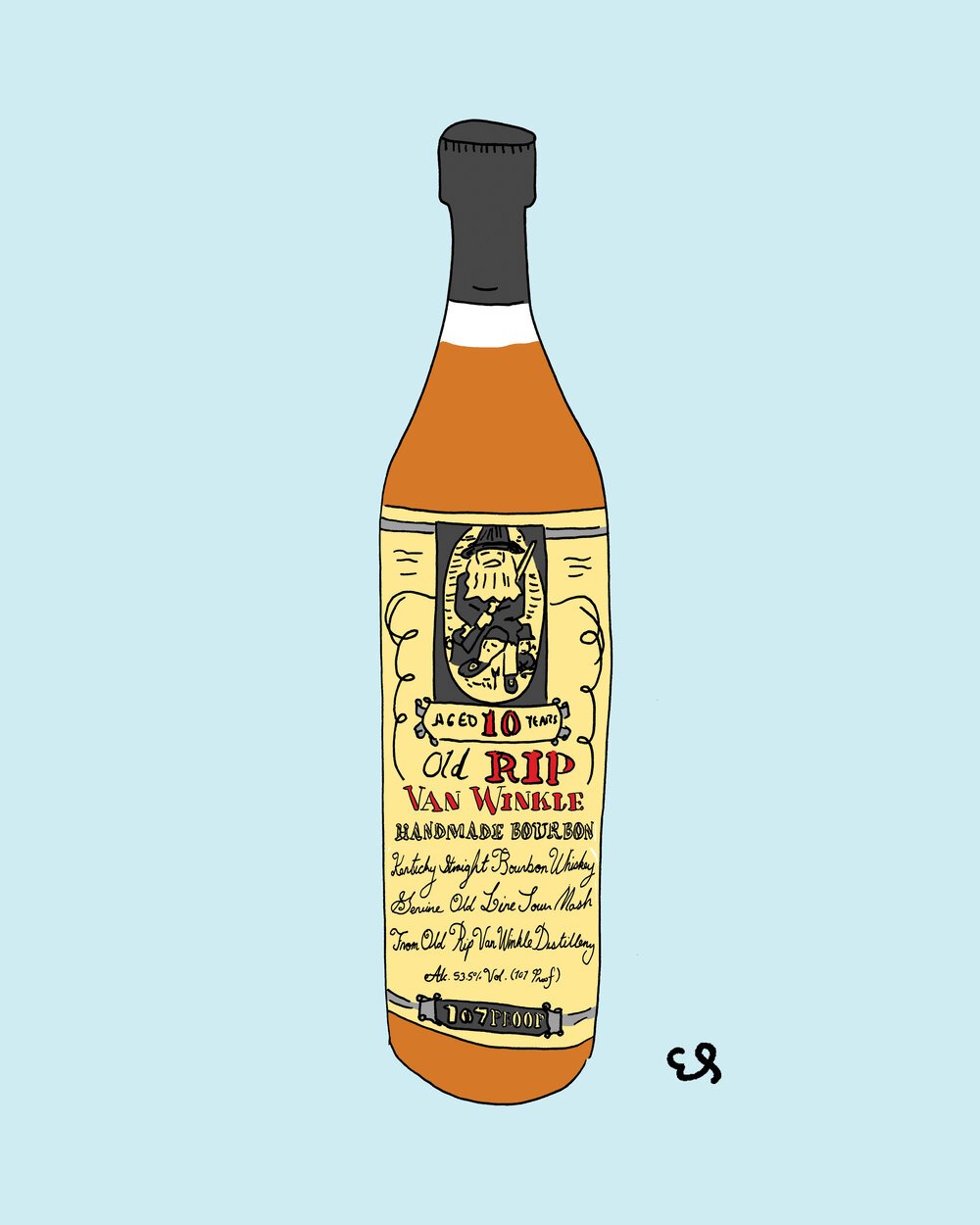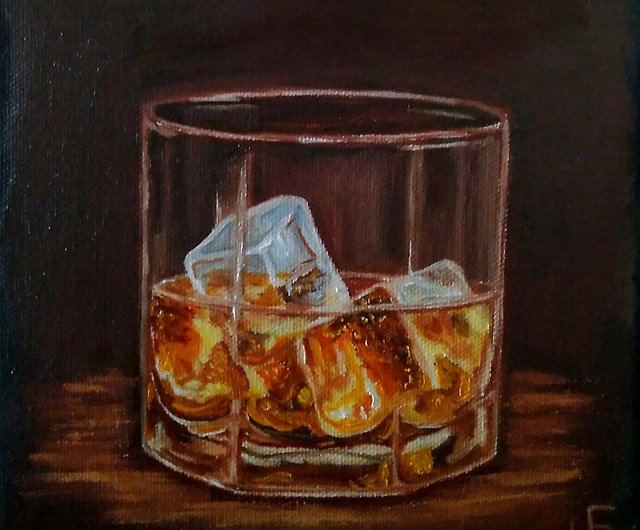Bourbon Art in Contemporary Society: Where Practice Fulfills Development
Bourbon Art in Contemporary Society: Where Practice Fulfills Development
Blog Article
The Importance of Whiskey Art in Celebrating Heritage and Workmanship in the Beverage Industry
The intricate connection in between bourbon art and the celebration of heritage and craftsmanship within the drink sector can not be overstated. With attentively designed tags and containers, scotch brand names envelop their historic origins and the artisanal skills that define their manufacturing approaches. This imaginative dimension not just boosts market charm however likewise works as an avenue for social narration, cultivating a much deeper link in between the craft and the customer. As we discover the numerous elements of this subject, intriguing questions about the impact of modern trends on traditional techniques arise, motivating more exam.
The Historic Roots of Whiskey
At the heart of scotch's appeal exists an abundant tapestry of historical origins that trace back to ancient human beings. The origins of whiskey can be connected to the distillation techniques of the Sumerians and Babylonians around 2000 BCE, where very early forms of fermented grain drinks began to arise. Nevertheless, it was in the Center Ages that the art of distillation evolved considerably, particularly in Ireland and Scotland, leading to the production of whiskey as we understand it today.
The term "scotch" itself stems from the Gaelic word "uisce beatha," meaning "water of life." This expression underscores the cultural significance of scotch in Celtic societies, where it was usually related to routines, celebrations, and communal bonding. By the 15th century, purification became a recognized craft within reclusive neighborhoods, leading the way for the establishment of legal distilleries.
As profession paths increased, scotch's popularity grew, transcending regional limits and capturing the passion of connoisseurs worldwide. Realism Art. This historical trip reflects not only the workmanship behind bourbon production however additionally its important role in social and social contexts, noting it as a significant beverage throughout history
Artistic Expression in Branding
Scotch branding stands as an engaging intersection of artistry and business, where visual identity plays a critical function in forming customer assumption. The looks of bourbon tags, product packaging, and advertising and marketing products mirror not just the brand name's tale but also its core values and heritage. Through artistic expression, distilleries convey a narrative that resonates with consumers, stimulating feelings and triggering links.
The usage of color, typography, and images in branding offers to distinguish items in a saturated market. For instance, traditional concepts may stimulate a feeling of authenticity and craftsmanship, while contemporary styles can signify development and forward-thinking. This calculated imaginative direction improves brand name recognition and loyalty, enabling customers to forge a personal partnership with the whiskey they choose.
Additionally, artistic expression in branding commonly functions as a celebration of regional heritage. Distilleries often include neighborhood symbols or historical recommendations right into their layouts, creating a local color that invites consumers to take part in a broader cultural experience. Ultimately, the creativity behind scotch branding not only improves aesthetic allure yet additionally enriches the overall narrative of the brand name, promoting a much deeper admiration for the workmanship and heritage ingrained in each container.
Workmanship in Container Layout
The artistry evident in whiskey branding extends beyond aesthetic identification to incorporate the workmanship entailed in container layout. Each container functions as a vessel not simply for the spirit within, yet additionally for the tale it outlines its origin, top quality, and practice. The layout process needs precise interest to detail, as elements such as product, closure, and shape contribute considerably to the overall assumption of the scotch.
Craftsmanship in container design entails choosing top notch glass that can enhance the bourbon's color and quality, while likewise providing a responsive experience for the consumer. The shape of the bottle need to be both practical and cosmetically attractive, frequently mirroring the heritage of the brand. Many distilleries go with unique forms or embossed pop over to these guys logos that evoke a feeling of credibility and history.
Moreover, the label layout and typography play a vital duty in communicating the brand name's narrative. Whiskey Art. A well-crafted container not just mesmerizes the customer's eye yet also strengthens the brand name's commitment to high quality and practice. By doing this, the craftsmanship of container layout becomes an important facet of the bourbon experience, merging artistry with a profound regard for heritage
Social Significance of Whiskey Art
Celebrating custom and workmanship, the social value of whiskey art transcends simple aesthetics, intertwining with the historical and social narratives of the areas where it stems. Each bottle works as a canvas, portraying the special tales, mythology, and customs that have actually formed neighborhood whiskey-making techniques. The intricate styles commonly mirror the heritage of the distillers, including symbols and motifs that resonate with the culture and values of their neighborhoods.

On top of that, bourbon art plays an essential duty in common events and events, functioning as a tangible web link in between people and their shared experiences. By valuing the creativity in scotch packaging, customers grow a deeper understanding and regard for the craft, inevitably enhancing their enjoyment of the drink itself.
Modern Trends in Bourbon Presentation
In recent years, the discussion of scotch has advanced to show contemporary preferences and patterns while still honoring typical craftsmanship - Bourbon Art. Distilleries are significantly focusing on aesthetic components that enhance the total drinking experience, bridging the space between heritage and modernity
Ingenious bottle layouts have arised, frequently including lasting products and creative tags that tell engaging stories. Several brands now team up with neighborhood musicians, infusing their products with special aesthetic expressions that resonate with customers. Furthermore, limited-edition launches are usually packaged in collectible containers, including value and allure for connoisseurs.

Conclusion
Finally, bourbon art serves as a crucial avenue for expressing the heritage and craftsmanship intrinsic in the drink industry. Through complex branding, cutting-edge container designs, and culturally considerable creative components, bourbon brand names efficiently honor their customs and link with customers. This imaginative story not just boosts the appreciation of whiskey but likewise strengthens neighborhood identity and pride among producers. Eventually, scotch art plays a crucial duty in preserving and commemorating the abundant social tapestry of whiskey-making.


Craftsmanship in container design includes selecting top notch glass that can enhance the scotch's shade and clarity, while likewise giving a tactile experience this for the customer. In this means, the craftsmanship of bottle layout becomes a crucial facet of the whiskey experience, merging creativity with a profound respect for heritage.
In final thought, bourbon art offers as a vital channel for revealing the heritage and workmanship inherent in the beverage market.
Report this page